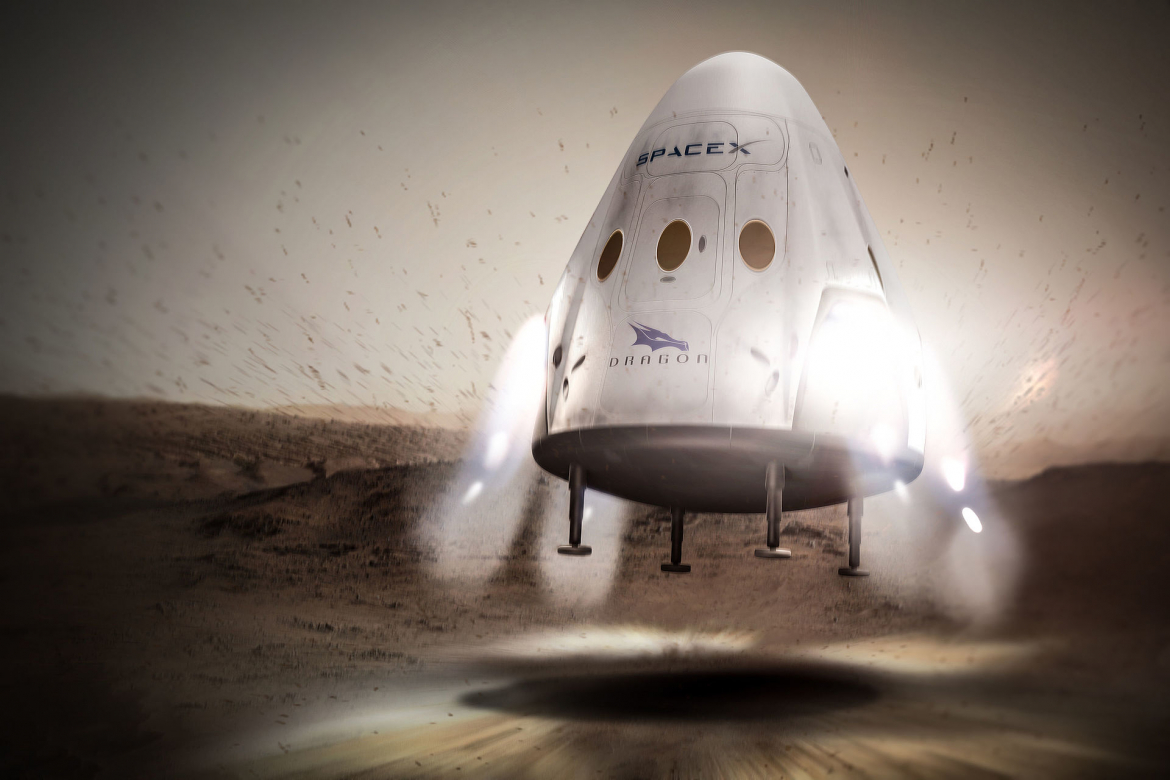Over the past four years, the Dragon spacecraft has successfully returned eight NASA crews by landing in the ocean using parachutes. However, an alternative landing method is now available in case of emergency.

The Dragon capsule is equipped with eight SuperDraco engines, originally planned for a main dry landing. However, due to safety concerns, this option was canceled. On September 27, during the launch of the Crew-9 mission, NASA officials announced that if all parachutes failed, the capsule would be able to land on a solid surface thanks to the SuperDraco system.
Elon Musk, CEO of SpaceX, noted on Platform X that the spacecraft was designed to land using engines, but this method wasn’t used as the main method due to the risks. In the early stages of development, the company advertised Dragon’s ability to land on pads using engines that would provide gentle braking to zero speed, after which the landing legs would extend. However, safety requirements have changed over the decades.

After a contract between NASA and SpaceX for a commercial flight program, the company decided to use a parachute system instead of a propulsive landing. According to NASA Spaceflight, the agency considered parachutes to be more reliable and was concerned that holes for the landing legs could cause the capsule to overheat during re-entry.
Bill Gerstenmaier, SpaceX’s vice president of flight reliability, emphasized that Dragon spacecraft with jet-landing capability had already been used in unmanned missions. Crew-9 was NASA’s first manned mission to use this system when needed.
NASA trusts SpaceX and its ability to safely launch and return astronauts to Earth. Specifically, Dragon will be responsible for the return of two astronauts aboard Boeing’s defective Starliner spacecraft. This case increased SpaceX’s confidence, and Dragon has now been authorized to keep the SuperDraco engines for emergencies.
We previously reported on how the Mechazilla tower successfully caught the Super Heavy booster.
According to nasaspaceflight.com


